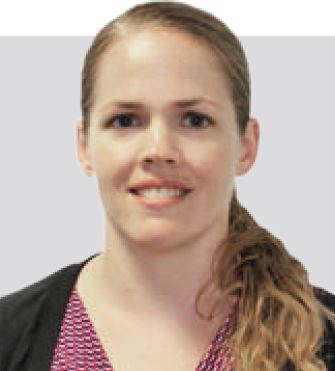


“The best way to close the flood insurance gap is to create a viable private marketplace. Currently, the federal government underwrites and subsidizes 96% of flood policies. A private market will take off if private carriers have better tools to select and price risks appropriately.
Currently, flood insurance relies on incomplete FEMA maps and a patchwork of sources. Even non-natural borders such as state boundaries can significantly disrupt risk estimates. New technologies and modeling techniques are bringing increased precision, uniformity and user-friendliness to all phases of the flood insurance marketplace, helping the industry close the coverage gap for good.”

“First, the NFIP must raise rates. This will stop incentivizing people to build where life and property are at risk and encourage competition, thus creating greater consumer choice.
Second, creating more accurate 100-year flood maps will have the effect of doubling the number of structures required to purchase flood insurance. This will, in turn, double the funds available to pay flood insurance claims for structures located in flood-prone areas.
Third, the NFIP must stop interpreting its own regulations in such a way that consumers and the private market are impeded in their efforts to close the flood insurance gap.”

“Fostering confidence by developing a granular understanding of US flood risk is a necessary first step. Today’s market needs to be able to identify suitable risks, implement refined underwriting guidelines, manage exposure accumulations effectively and design profitable growth strategies.
More advanced tools and model techniques will enable the industry to discern the high-gradient nature of flood to accurately quantify potential risk. We’re delivering flood solutions that include flood defense failure scenarios and over a million plausible events. To close the gap, insurers and reinsurers need to be able to prepare for the potential financial impacts of future flood catastrophes and mitigate them.”
